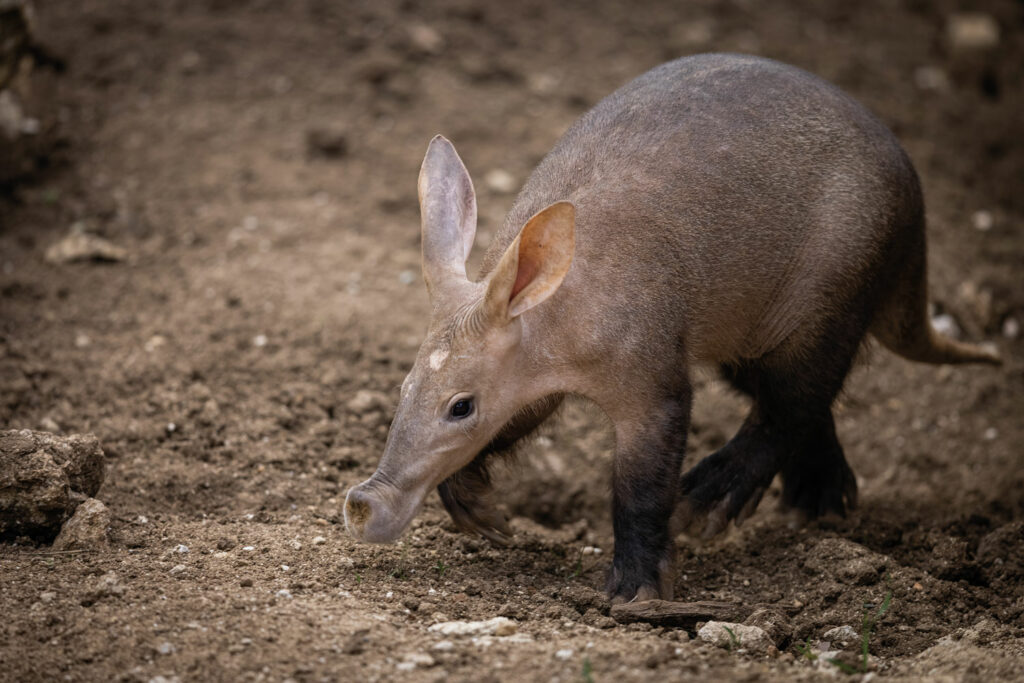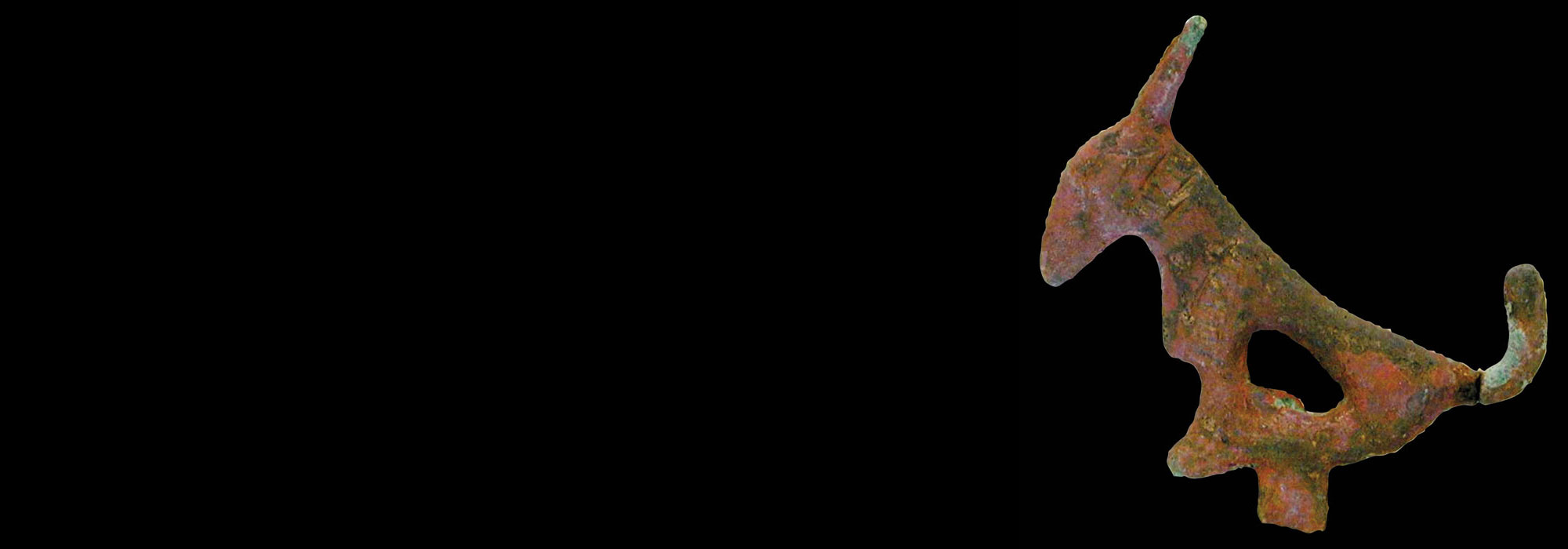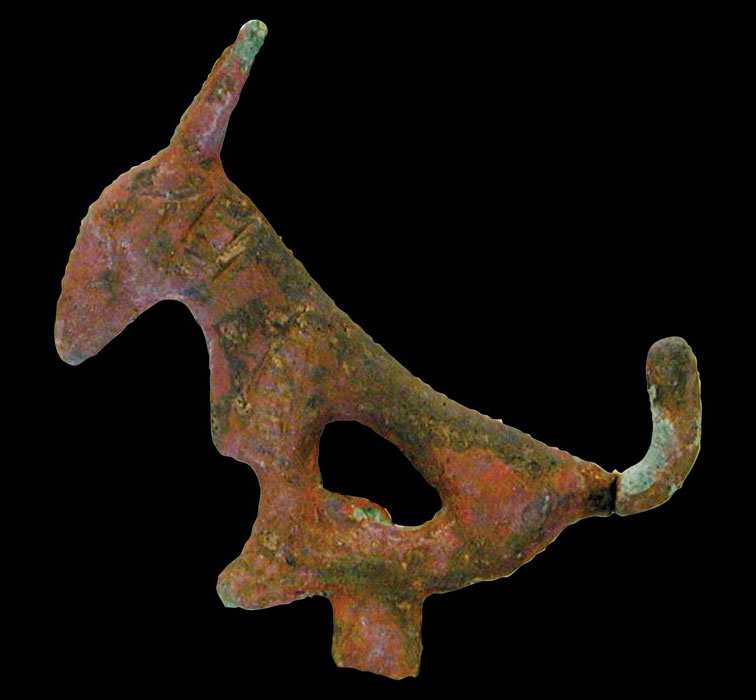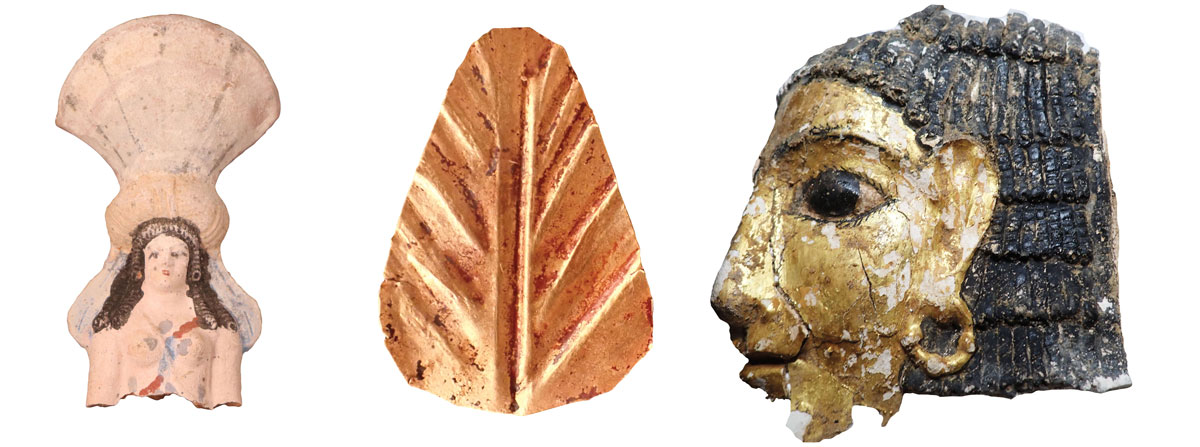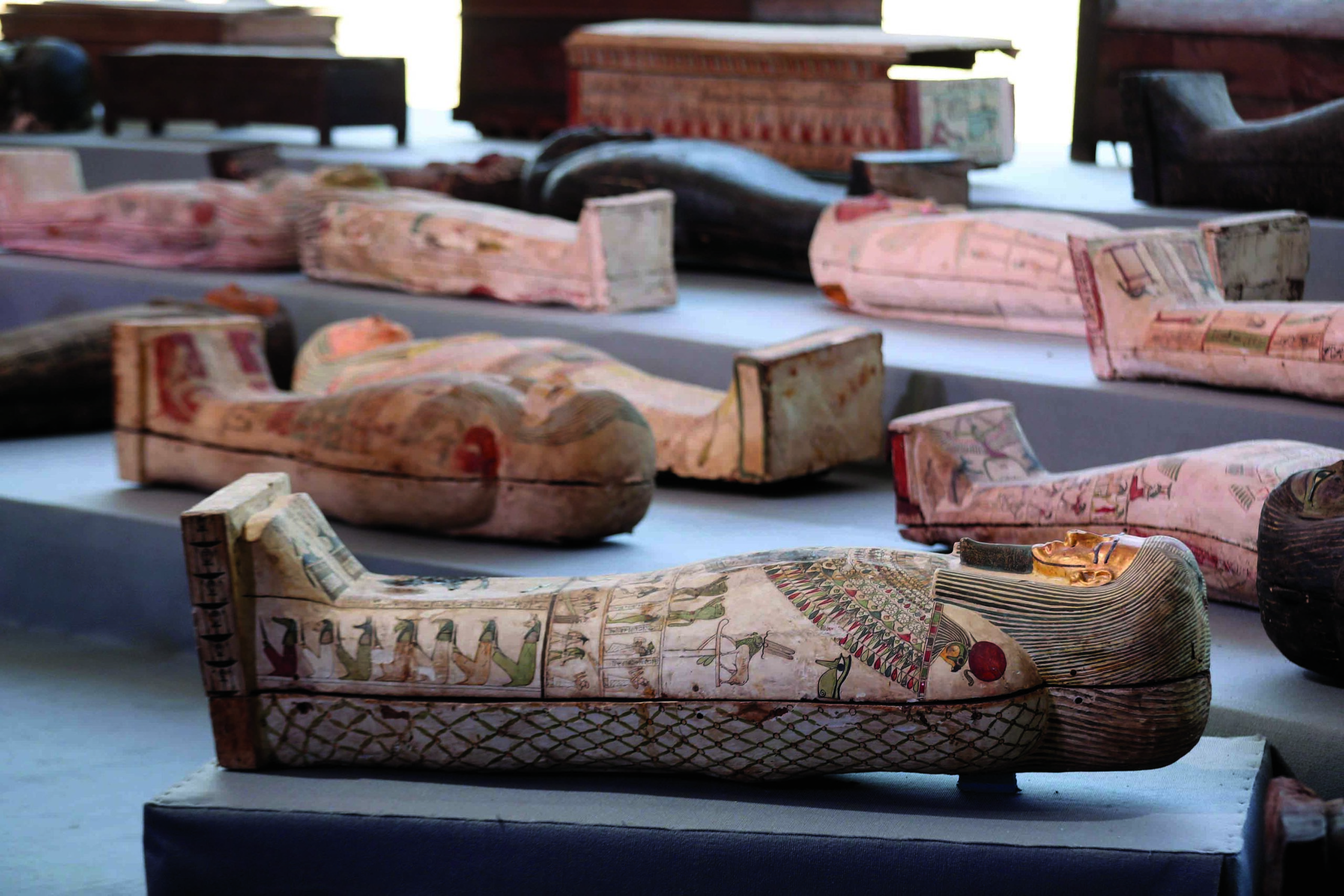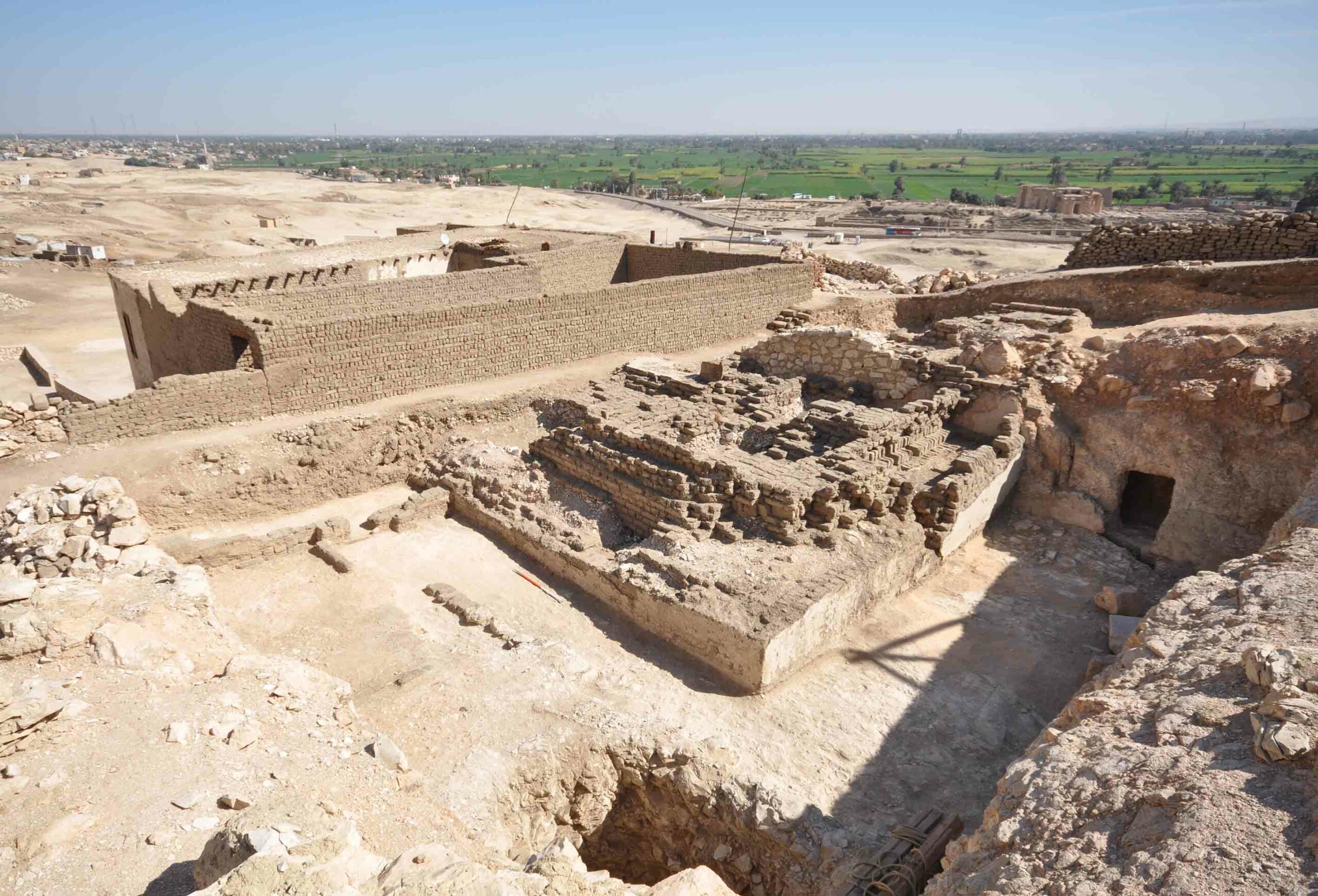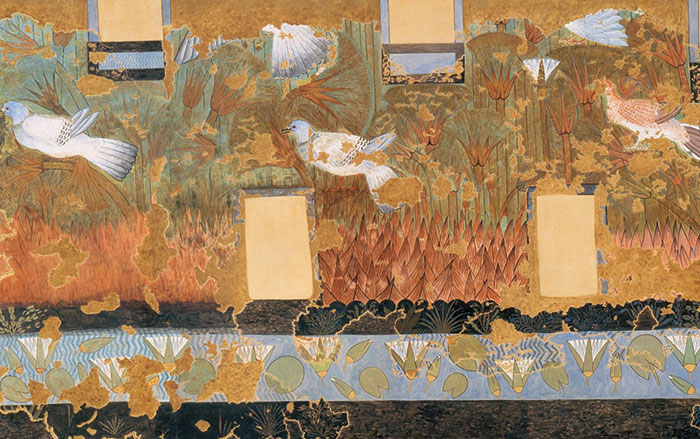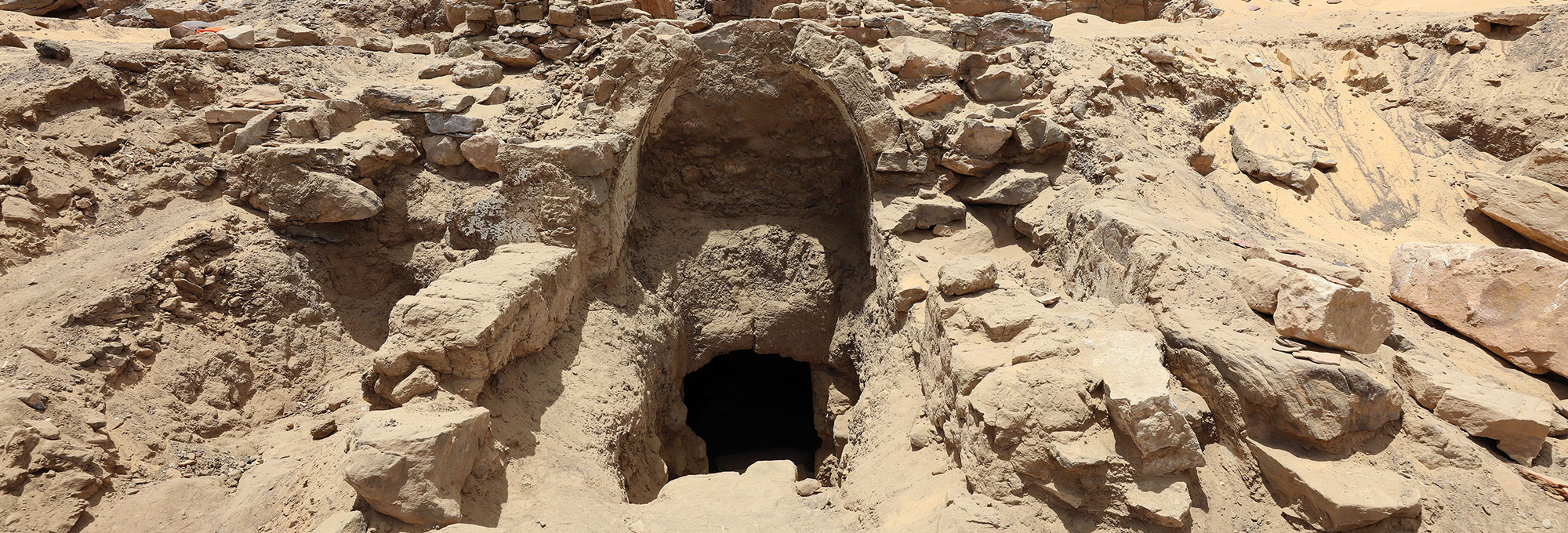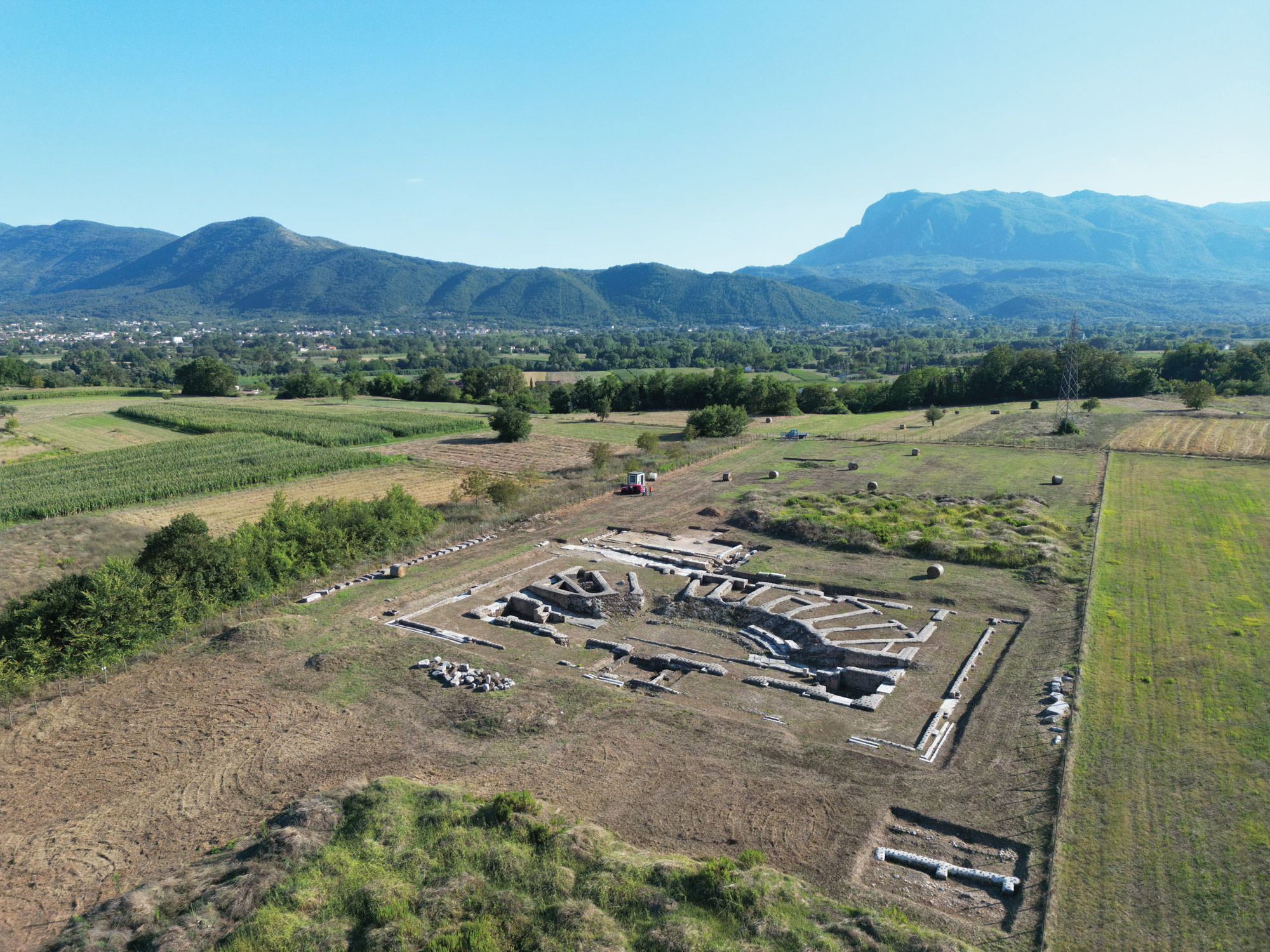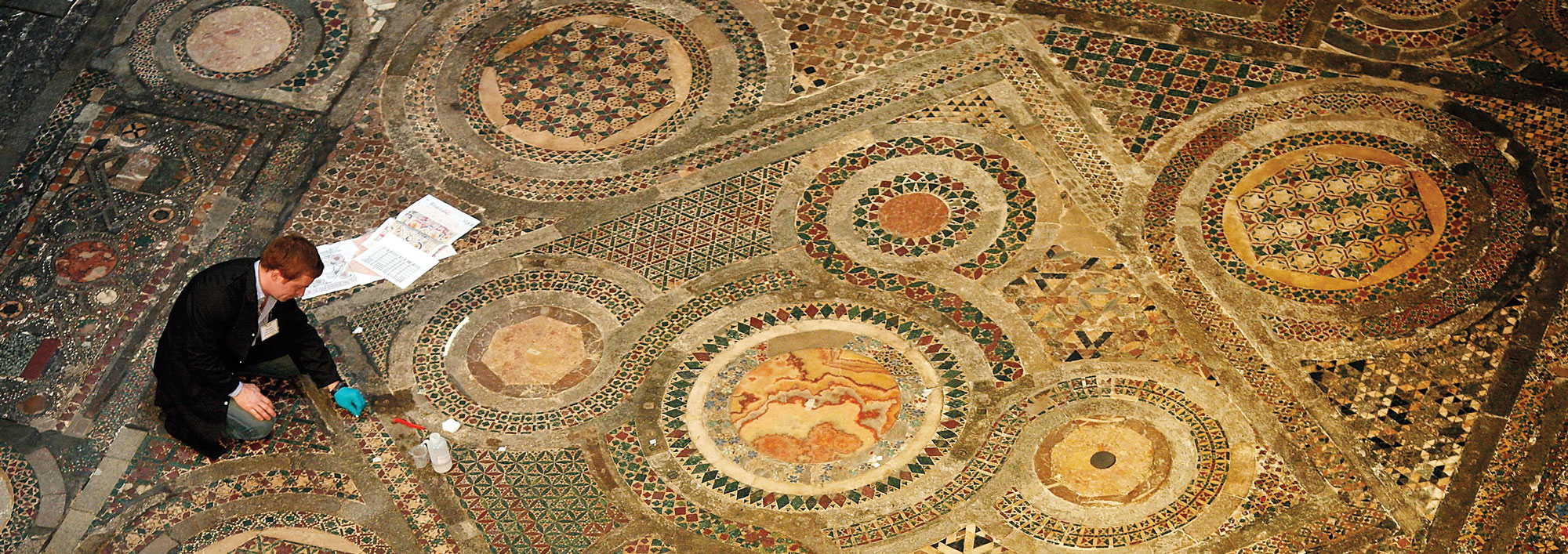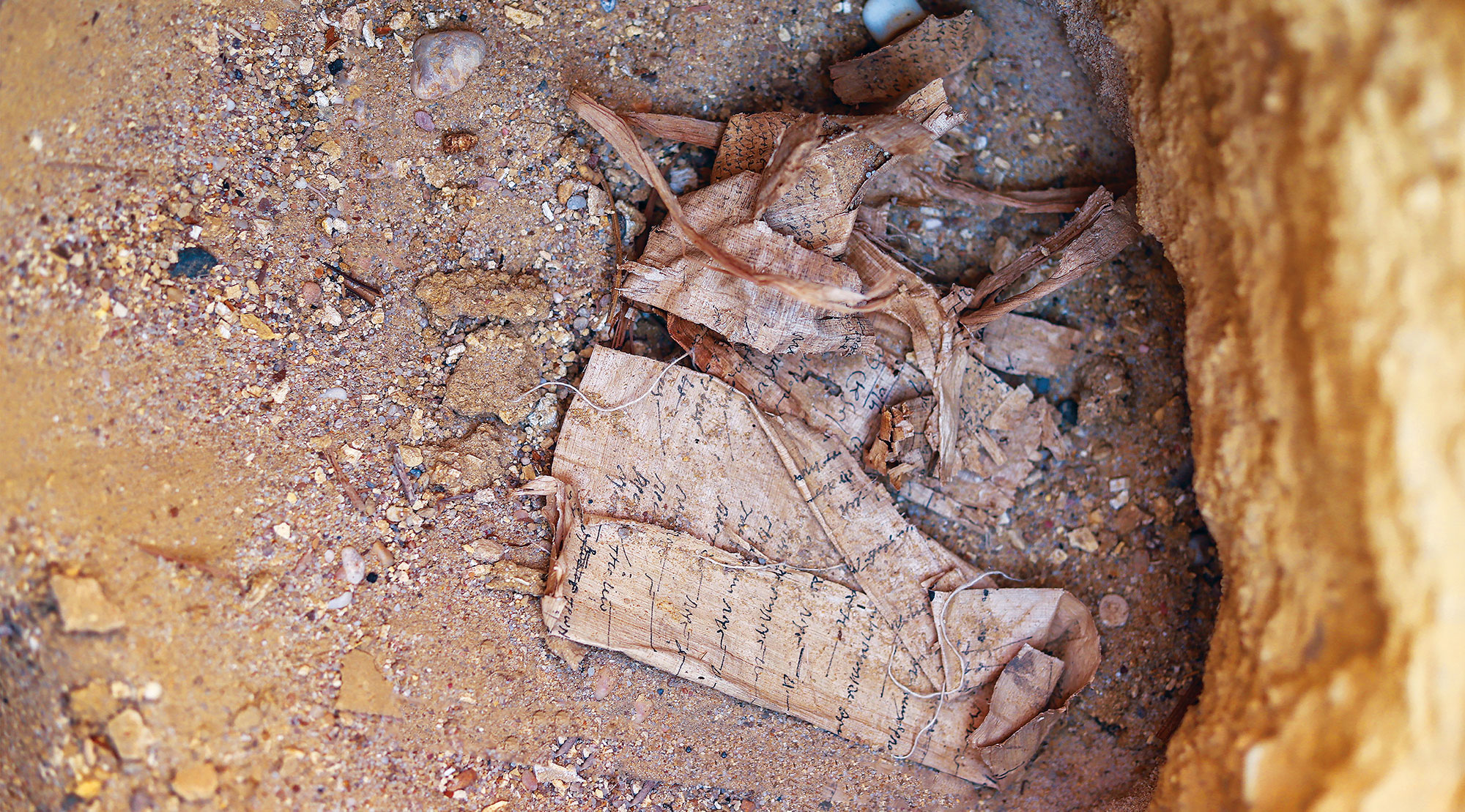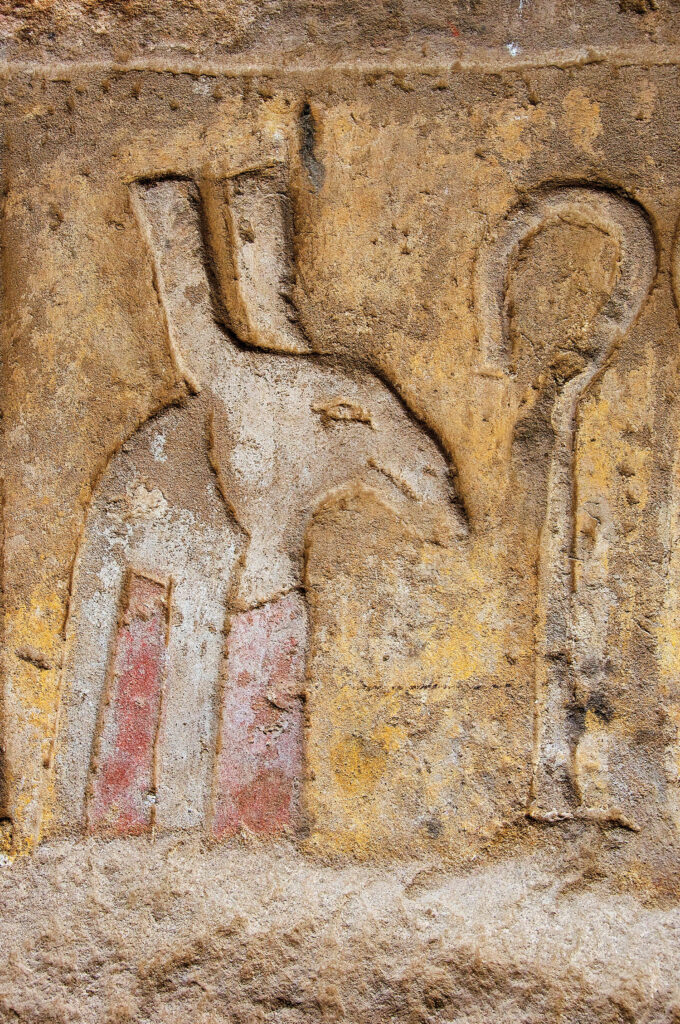
Ancient Egyptian deities were often depicted in the form of animals. The goddess Isis was sometimes shown as a cow, and her son Horus, the god of kingship, took a falcon’s form. But the identity of the animal associated with Seth—the god of disorder, sexuality, and death—has eluded scholars. Seth’s avatar, as depicted in images throughout most of Egyptian history, was a strange-looking four-legged creature with a downward-pointing snout, pricked ears, and a long tail. The animal was so bizarre that many scholars believed it could only be imaginary. After studying the earliest known depictions of the critter, which date to the Predynastic period, between 4000 and 3000 b.c., archaeologist Pierre de Maret of the Université libre de Bruxelles has concluded that the animal that represented Seth may have originally been an aardvark, which today is native to the savannah of sub-Saharan Africa. In these early, simplified depictions of the god, Seth has the long ears, snout, and tail that characterize this burrowing mammal, which is a distant relative of both elephants and manatees.
De Maret notes that many peoples of sub-Saharan Africa have traditionally associated aardvarks with a range of characteristics, including male virility and death, that are similar to those the ancient Egyptians attributed to Seth. Aardvarks no longer live in the Nile Valley, but large savannah-adapted fauna such as giraffes and elephants once did. “If those animals were present,” says de Maret, “the aardvark must also have been present.” He believes that the animal that embodied Seth was once as real as those representing other Egyptian gods and only later evolved into an enigmatic chimera.
